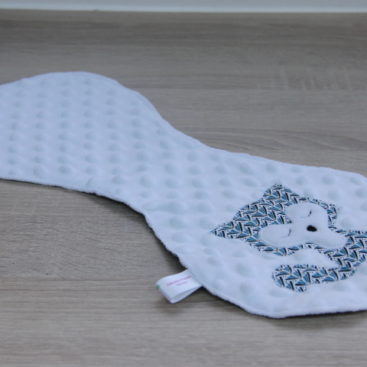The main work of anti virus software is in scanning your computer or perhaps network targeted traffic for malware and other harmful programs. It is very designed to determine these dangers and take them off before that they cause harm or spread. Cybercriminals are always small adjustments their methods in order to ease past reliability checkpoints, therefore the best antivirus security software software uses multiple methods to prevent as many moves as possible.
The most typical way that anti-virus software program identifies potential malware is by using a signature-based method. This method even comes close incoming documents and code to an extensive database of known malware and viruses. If it locates a meet, it will isolate and scan the file for any kind of malicious activity. Once this detects some thing dangerous, it will probably quarantine then destroy the virus or perhaps malware.
Sadly, hackers and scammers are aware of how anti virus software works and have numerous tricks up their masturbator sleeves in order to avoid recognition. One of the most well-known is to pack and encrypt their worms and Trojan viruses. This obfuscates the personal unsecured fingerprint by adding extra characters or perhaps padding with meaningless data to the original method. Another technique is to hide all their activities under a layer of ‘rootkit’ ~ these are harmful utilities that embed themselves at the root a higher level your operating-system in order to take administrator privileges and control your machine.
In order to combat these approaches, antivirus applications are starting to use a process called sandbox eview webroot secureanywhere antivirus detection. This runs a course or file in a online environment to check it with respect to behavior in support of allows it to do in the real-world if it assessments out. Some are also experimenting with the usage of machine finding out how to predict what malicious computer software might be trying to do next.












